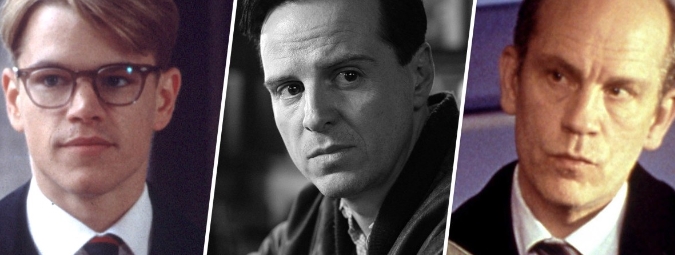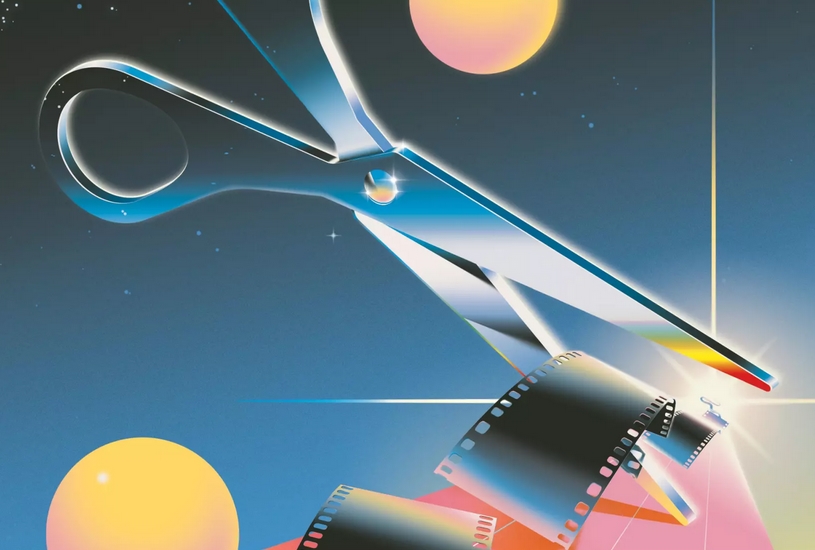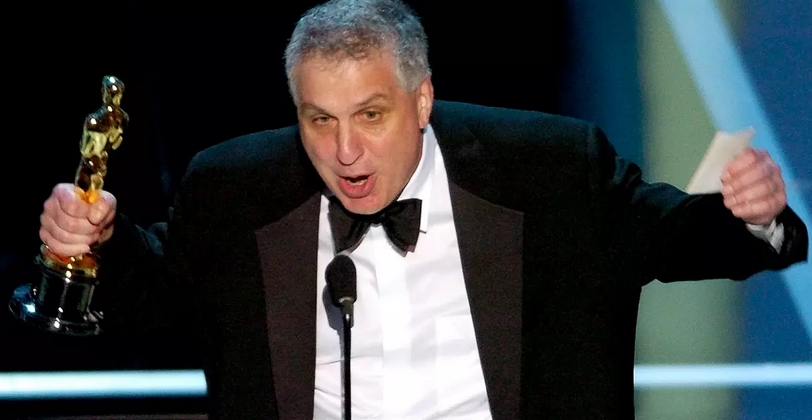Who are Paul McCartney’s kids? All about his 5 children
Paul McCartney is best known as one of the lead singers of The Beatles. But he’s also the leading man in another crew of rock stars. Meet Heather, Mary, Stella, James and Beatrice McCartney, Paul’s five grown children who range in age from 20 to 61.
Always the devoted dad, Paul lent his kids a hand when they needed it and supported their passions beyond his rock ’n’ roll expertise, as they sought to define themselves outside of being “nepo babies” (though one of them is perfectly OK with the label).
Who are John Lennon’s kids? All about Julian and Sean
John Lennon left behind a huge legacy when he was assassinated in 1980 at the age of 40: music he made with The Beatles, his thriving solo career (including classic songs like “Imagine”) and his two sons.
Over the years, Julian Lennon and Sean Ono Lennon have forged paths through the entertainment industry, making their own unique brands of music, but always with the shadow of their father (and, in the case of Sean, his equally artistic mother, Yoko Ono) close by.
Below, everything to know about the two men, each of whom had very different relationships with their father. Study up before watching the restored version of the 1970 film “Let It Be,” now streaming on Disney+.
Is ‘Ripley’ based on a true story? All about Netflix’s new hit series
The new Netflix series “Ripley,” based on the first of author Patricia Highsmith’s five books about Tom Ripley (1955’s “The Talented Mr. Ripley”), is a riveting watch — even if you might not normally tune into a black-and-white eight-part miniseries that features frequent subtitles.
A big part of that is Andrew Scott’s smooth portrayal of the enigmatic, charming con man who finds his purpose in stealing a wealthy heir’s identity. But the story of Tom Ripley himself is equally fascinating: He’s a terrible human being, yet it’s almost impossible to turn away from him — and the wreckage he causes.
Who is Clara Bow and why did Taylor Swift name a song after her on ‘Tortured Poets Department’?
Before this week is out, Taylor Swift will have dropped a new album, one she announced was coming at the 66th annual Grammy Awards on Feb. 4.
“The Tortured Poets Department” will be Swift’s 11th studio album and may earn her yet another raft of Grammys. But even though its 16 songs haven’t yet made it to the public, one in particular is already getting Swifties and non-Swifties alike buzzing: the closing track, “Clara Bow.”
A nice name, “Clara Bow.” It may ring a bell, particularly among Swifties’ older relatives. That’s because Bow was not just a real person — a movie actress who lived from 1905-1965 — but she also was the first true “It Girl.”
From ‘SVU’ co-stars to partners for life: Mariska Hargitay and Christopher Meloni’s friendship timeline
It’s hard to imagine a meet-cute story more meety-cutier than the way “Law & Order: SVU” and “Law & Order: Organized Crime” stars Mariska Hargitay and Christopher Meloni met, all the way back in 1999 — when they showed up to audition for “SVU.” Fans know it, and fans love it — but they also know it was a potential near-miss: a future “Mad Men” star was also up for the role of Elliot Stabler!
“I was told by my agent that John Slattery was going to be there,” Hargitay famously related in 2009’s “The Law & Order: SVU Unofficial Companion.” “Chris walks in and I see this guy who’s all New York, cocky — everything that he is now he was then. I jumped up and I go ‘Slattery!’ And he goes, without missing a beat, ‘Meloni!’ Well, he and I, from minute one, were (doing) all this shtick and laughing…. I thought, ‘I want to be with that guy!’ Because we already had a thing.”
Oscars rewind — 2004: Why the hair and makeup winners apologized to their cast
Many of the Academy Awards categories have long histories that stretch back nearly 100 years. That’s not true for the hair and makeup artisans, though. Their artistry was left out of the awards prior to 1981, when a groundswell of support for the recognition of the work done on 1980’s “The Elephant Man” led to the creation of a makeup-only category (and “Elephant” wasn’t the first winner). Hair wasn’t included until 1993, and is still considered part of the package deal, now known as the Academy Award for makeup and hairstyling.
Meanwhile, hair and makeup nominees are chosen slightly differently than most other categories — a shortlist of seven titles are selected by the academy’s makeup branch, then winnowed down during a “bake-off” into a final list of nominees (usually three). Such was the case for the 2004 Oscars, held on Feb. 29 at the Kodak Theatre in Hollywood: Three nominees, one winner.
Oscars rewind — 2004: Three trophies for three writers of a third film
Adapting the epic tale of J.R.R. Tolkien’s “The Lord of the Rings” was an enormous undertaking and in the end it took three movies to tell — and three screenwriters to bring it to life. And on Feb. 29, 2004, three adapted screenplay Oscars were handed out to the writing team trio behind the final installment in the megahit series, “The Lord of the Rings: The Return of the King”: Fran Walsh, Philippa Boyens and director Peter Jackson.
All three earned their first writing Oscars that night, though for Jackson and Walsh (his longtime life-work partner), those weren’t the only awards they would take home. “Return of the King” was a juggernaut that evening, ultimately winning 11 awards, a feat that tied it with “Ben Hur” (1959) and “Titanic” (1997). It was likely a satisfying way to cap more than six years devoted to creating the franchise and finally go beyond the nomination phase: Jackson, Walsh and Boyens had also been nominated in 2002 for writing the first film of the series, “The Lord of the Rings: The Fellowship of the Ring.”
Oscars rewind — 2004: Sofia Coppola follows in Dad’s footsteps
For winners and nominees at the 76th annual Academy Awards, the original screenplay category was a true family affair. Not only did a win for Sofia Coppola — who earned her first Oscar that night for writing “Lost in Translation” — make her the third-generation Coppola to take home an Academy Award — but the writers of the nominated “In America” included a father and two of his two daughters.
Coppola, the daughter of five-time winner Francis Ford Coppola and granddaughter of Carmine Coppola (who won his Oscar for original score in 1975 for “The Godfather Part II” with Nino Rota), was attached to her family filmmaking business from infancy. She’d appeared as a baby in her father’s “The Godfather” (1972), was in “The Godfather II” as an immigrant child, and had a more substantial role in 1990’s “The Godfather Part III,” a performance that earned her few fans. Earning her Oscar for writing her second feature (Coppola also directed) on the Feb. 29 show, then, must have felt particularly sweet.
Here’s what you didn’t see in these four Oscar-nominated films
We all know what goes into a film — after all, once you’ve watched a movie, you know exactly what scenes made the final cut. But what we often don’t know is what doesn’t go into any given movie. Sometimes cuts are made to a film when there’s just too much of a good thing, sometimes it’s a repetition of an emotional beat, sometimes it’s a tone that doesn’t play well — and sometimes it’s just a matter of trimming and shaping. The Envelope spoke with producers and directors from four films nominated for best picture and discovered what ended up on their cutting room floors.
Oscars rewind — 2004: The reign of the fiery documentarian continues
Documentary films and their directors are not generally known for their star wattage. Most Academy Award-winning directors rise up with a unique take on their subject, and just as quickly step away from the limelight. But something shifted in the early 2000s: Michael Moore won in 2003 for “Bowling for Columbine” (and accepted the award with a firebrand speech) — and in 2004, it happened again as veteran innovator Errol Morris earned his first Oscar nomination and first win, for “The Fog of War.”










